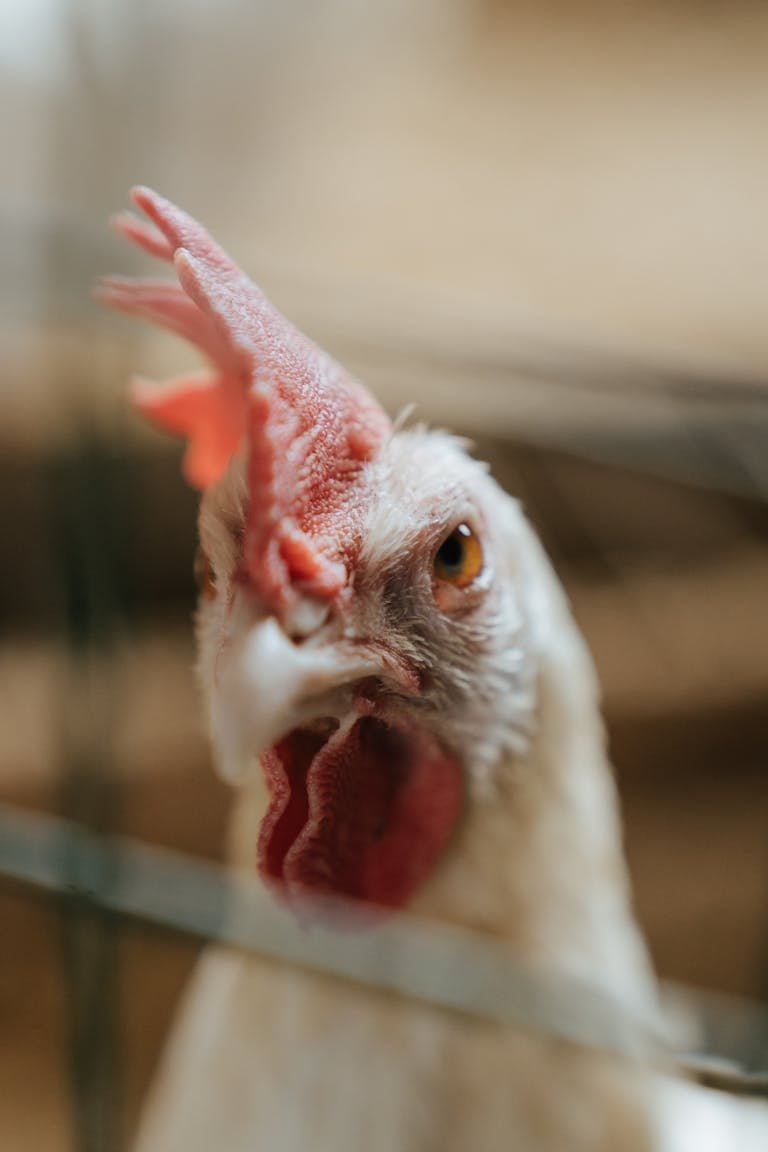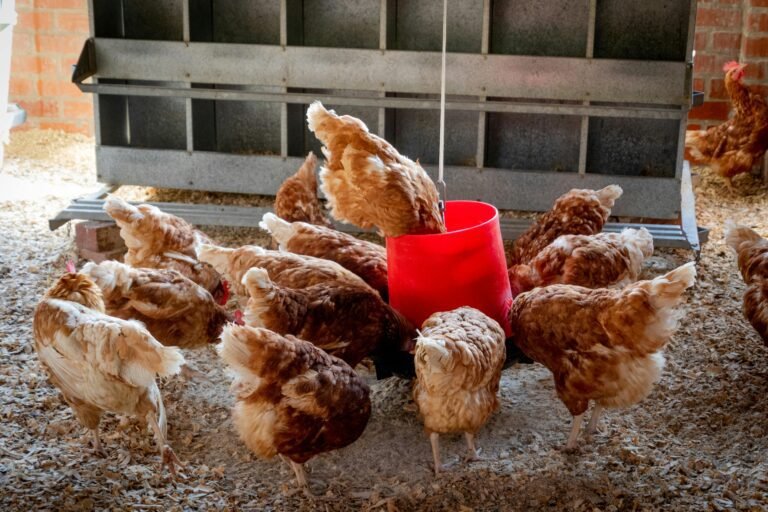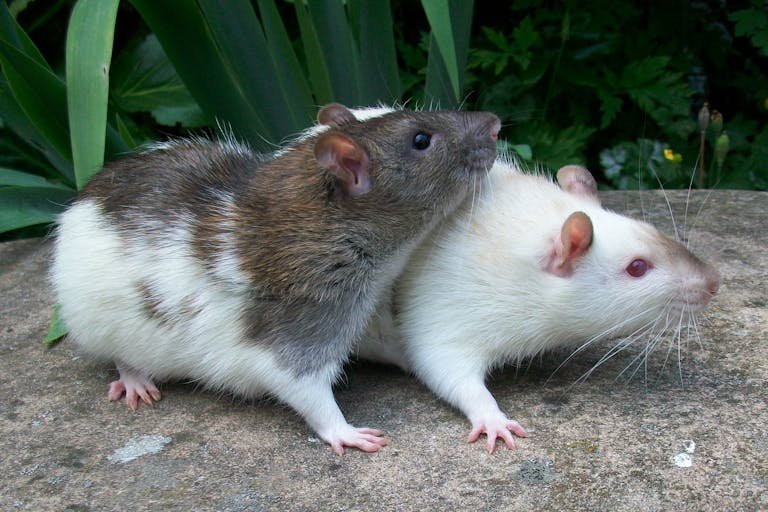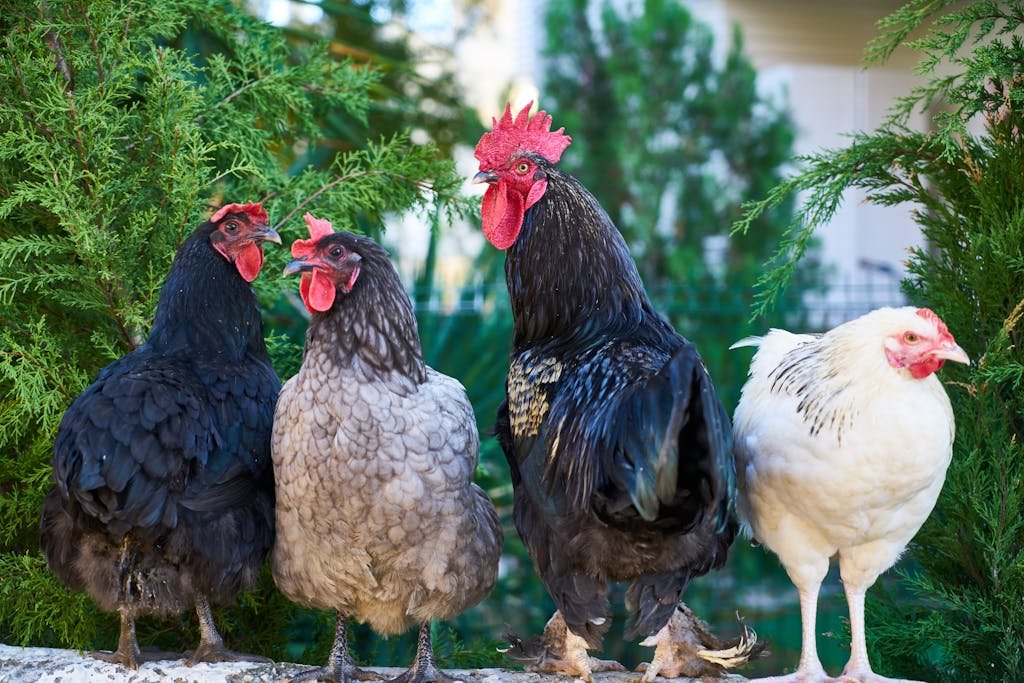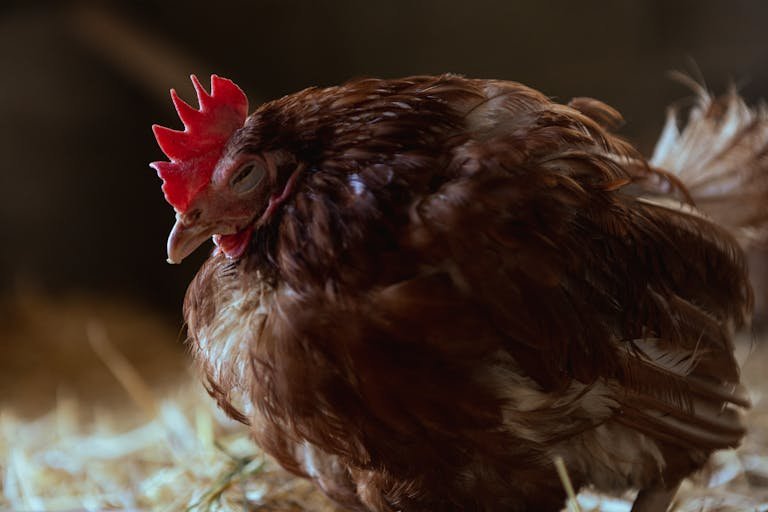When Do Roosters Start Mating?
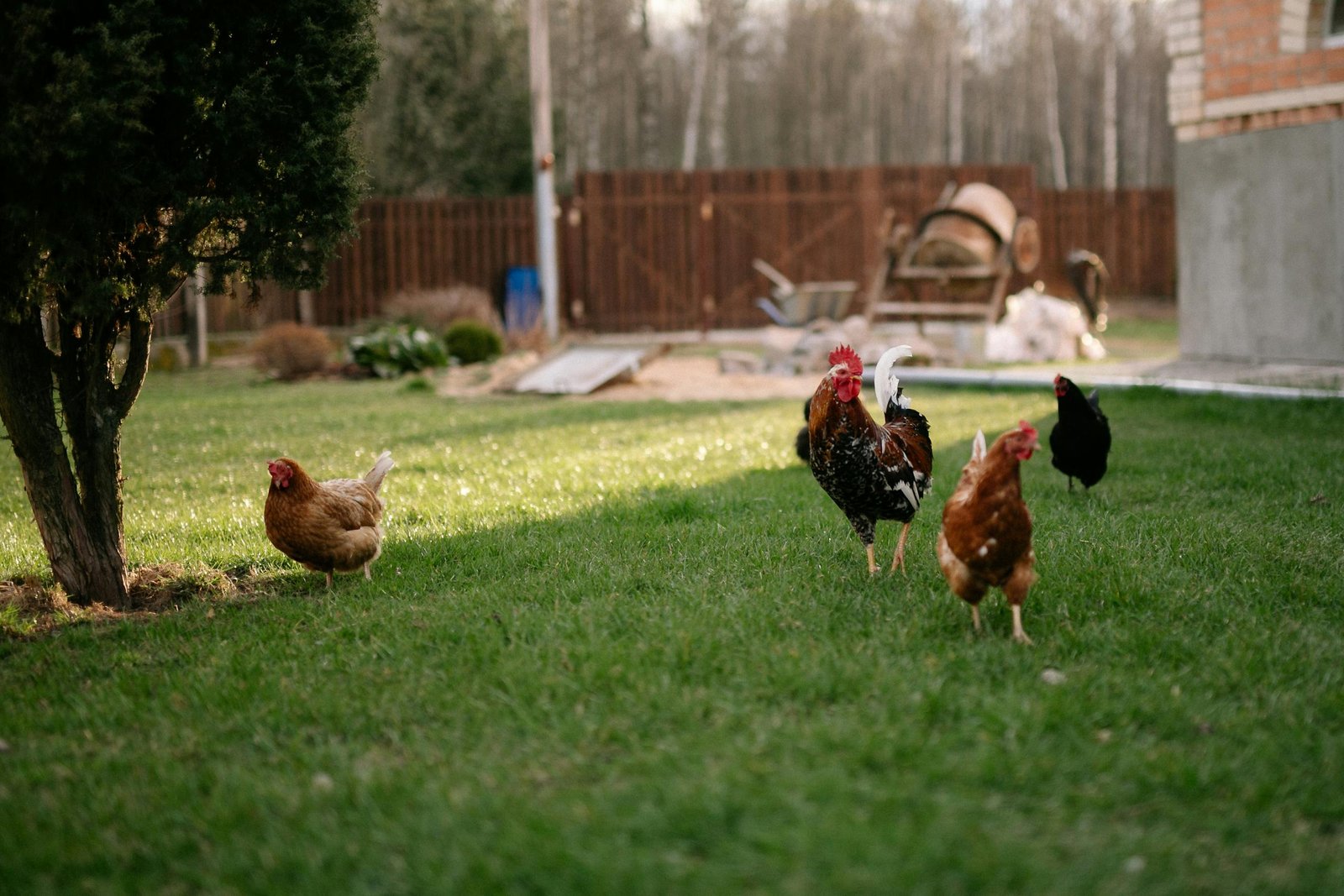
Rooster, the colorful and lively male chickens, are involved in the reproductive process within the poultry population. Knowing when and how they begin to mate is crucial to poultry farmers, those keeping backyard chickens, and anyone curious about the reproductive cycles of these incredible creatures. This blog will delve into When Do Roosters Start Mating? and providing comprehensive insights into their sexual maturity, mating behaviors, and factors influencing their reproductive activities.
At What Age Do Roosters Start Mating?
The Onset of Sexual Maturity
Roosters, depending on the breed and environmental factors, exhibit sexual maturity in between 4 months to 6 months of age. Sexual maturity involves acquisition of secondary sexual organs and a heightened interest in hens.
Breed Variations
It’s worth understanding that different breeds of chickens take time to mature at different stages. For instance, the domestic fowl like the Brahma will take longer time to sexually mature than the Leghorn fowls.
Early Maturing Breeds
- Leghorn: This breed has been known to mature very fast, not to mention that they can begin to mate at the age of 4 months.
- Rhode Island Red: This breed generally starts with the mating period at a young age of five months.
Late Maturing Breeds
- Brahma: Sometimes they do not develop their reproductive organs until 6 to 7 months.
- Cochin: Like Brahmas, Cochins take longer to mature sexually, usually at the age of six to seven months.
Signs of Mating Readiness
Physical Changes
As roosters approach sexual maturity, they undergo several physical changes that indicate readiness to mate:
- Comb and Wattles: The comb and wattles overgrow and become brighter in color.
- Spurs: It intensifies the growth of spurs on the legs.
- Feathers: Plumage becomes fuller and more lustrous.
Behavioral Indicators
Behavioral changes are also key indicators of mating readiness:
- Crowing: Higher levels of crowing as well as more frequent vocalization.
- Tidbitting: Roosters will make particular sounds to call for the attention of the hens.
- Mounting: Trying to mate with hens is definitely one way of telling that the rooster has reached sexual maturity.
Factors Influencing Mating Success
Health and Nutrition
The health and nutritional levels of a rooster determine his performance as a breeder of the female chickens. It is important to maintain a well balanced diet that contains proteins, vitamins, and other nutrients for better fertility.
Environmental Conditions
The environment plays a critical role in mating behavior:
- Lighting: Sufficient illumination can enhance secretion of sexual hormones.
- Space: This is because enough space is needed to eradicate as much stress as possible and to enhance the natural movement of the animals.
- Climate: Reproductive performance can also be compromised by extreme temperatures.
Social Dynamics
The dominant position of a certain individual in the flock can determine his or her success in terms of reproduction. A dominant rooster will get more chances of mating while at the same time a subordinate rooster may not be allowed to have any access to the hens.
The Mating Process
Courtship Behavior
Roosters engage in various courtship behaviors to attract hens:
- Tidbitting: This involves making calls and performing dances as earlier highlighted in this paper.
- Wing Flapping: Beating their wings to look larger and even more magnificent.
- Feather Display: Displaying their colorful feathers to attract attention.
The Act of Mating
The actual copulation or treading includes the rooster climbing on the hen to place sperm on the eggs for fertilization. This process is rather short, it takes only several seconds on average.
Post-Mating Behavior
Roosters may then continue to guard the hen and prevent other roosters from having access to her as they try to mate her again.
Common Mating Issues and Solutions
Infertility
Sterility in roosters can be attributed to a number of aspects such as feeding, disease or heredity. To avoid this issue, a good diet should be taken, and the pets should be taken for check-ups by the veterinarian.
Aggression
They get defensive and therefore interfere with the process of mating. Conditions such as space allowance and stress factors that affect aggression in roosters can be controlled to ensure that they are minimized.
Over-Mating
Excessive mating can have negative impacts especially to the hens where they can sustain some injuries. One way of combating this problem is by regulating the density of roosters to hens, which is usually recommended at 1 rooster for every 10-12 hens.
Breeding for Desired Traits
Selecting Breeding Roosters
Selecting a rooster to mate with involves an assessment of its physical traits possible behavior and its pedigree. Desirable traits should be considered and only healthy, active, vigorous roosters should be chosen.
Genetic Considerations
This is the reason why it is recommendable to have a diverse genetic pool in a given flock. One should periodically introduce new stock to prevent inbreeding.
Record Keeping
Some of the records that can be kept include the date of mating, physical characteristics of the offspring, etc to improve breeding results.

Seasonal Variations in Mating Behavior
Spring Mating Surge
It is common for roosters to show more mating behavior in spring when the duration of daylight and the temperatures are warmer.
Winter Decline
It is likely that mating activity might be lower in the winter because of the short days and low temperatures. This decline can again be addressed to some extent where additional lighting is available and conditions are well regulated.
Encouraging Successful Mating
Optimal Hen-to-Rooster Ratio
To ensure successful mating, there should be a proper balance of hens and roosters reared in the farm. Mating with too many roosters results in competition and stress and with few roosters there will be over mating.
Providing Enrichment
Comfort or enrichment activities like permitting foraging and dust bathing helps in alleviating stress and in turn, other natural behaviors like mating.
Monitoring and Intervention
It is also important to monitor the flock routinely to ensure that there are no problems evident. It is possible to enhance mating success through some behavioral adjustments, including removing aggressive male birds or supplementing their feed rations.
Also Worth Reading: Do Chickens GROWL? Myth or Backyard Beast?
Final Words
For those interested in poultry farming, it is essential to know when and how roosters start mating. Therefore, in order to increase productivity a breeder should identify the signs of sexual maturity, learn about the mating behaviours, and consider all factors that may affect mating. Proper feeding, Good health, and proper handling of roosters will ensure they serve the purpose of reproduction when mating and thus boost the poultry business.
